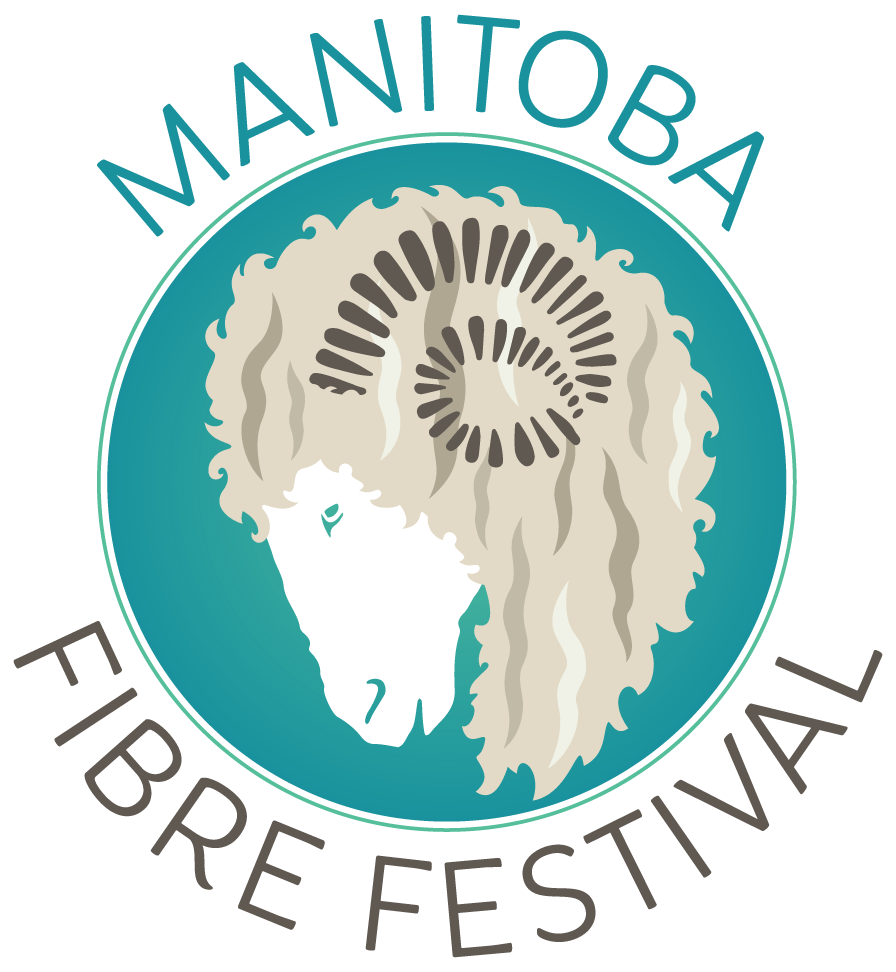Resources for Producers - Show and Sale
A producer with a better knowledge of wool will be able to ask for a higher price when selling wool in the niche markets. Reliable information on the grade and qualities of your wool will inform your breeding program and lead to increased profitability.
If you’ve never entered a show before - don’t worry we have some great information to get you started.
CRITERIA
Fleeces are judged as a handspinner/artisan show and are assessed for soundness, cleanliness including yield, as well as handle, staple length, crimp style and uniformity characteristic to the breed.
Here are some helpful resources to understand the assessment tools. There are some excellent books and online resources that will help you learn more about the breed standard for your breed.
The Fleece & Fibre Sourcebook - Deborah Robson and Carol Ekarius
The Field Guide to Fleece - Deborah Robson and Carol Ekarius
Wool Growers Sheep Breeder Guide (online) https://wool.ca/page/sheep-breeders-guide
YIELD: The amount of clean fibre that is expected to be produced when a set amount of raw wool is processed. Yield is variable depending on the breed. Wool can have a low yield and still be of excellent quality. Yield is influenced by breeding, handling, range, stocking rate, soil type, feed and nutrition.
TIP - Your fleece should be well skirted - this means removing all the straw, hay, burrs and other contamination. You can always expect a small amount of VM (veggie matter) but enter fleeces with very little VM for the highest score.
SOUNDNESS: Soundness refers to the strength of the wool fibre. Tender wool is weak throughout the length of the fibre, and wool break refers to a break across the staple length at the same point across the fleece. Breaks are usually caused by fever or sudden changes or trauma such as lambing, worms or other diseases, drought or severe storms.
TIP: Take some wool the thickness of your pinkie finger, hold each end and gently pull next to your ear - do you hear a crackle? A small amount is ok, but if you hear a lot it means your fibre is not sound. Sometimes the tips will break off - but if there is significant crackle or even a solid break do not submit this fleece for judging.
CRIMP: Natural curl or waviness of the fibre.
TIP: Breeds have different crimp and staple lengths. You want to be sure that the crimp is clearly defined across the entire fleece (fine wools will have tight crimp and long wools will have more ringlet type curls).
STAPLE LENGTH: The length of staple is measured from the base to the tip of the unstretched fibre.
TIP: The staple length should also be consistent across the fleece - the one exception to this is dual coated breeds like Icelandic. Try to avoid second cuts in your fleece submission.
LUSTRE - Shininess of the fibre or its ability to reflect light. Not all breeds have lustre - check the breed standard listings at https://wool.ca/page/sheep-breeders-guide to find out if your breed has significant lustre or not.
